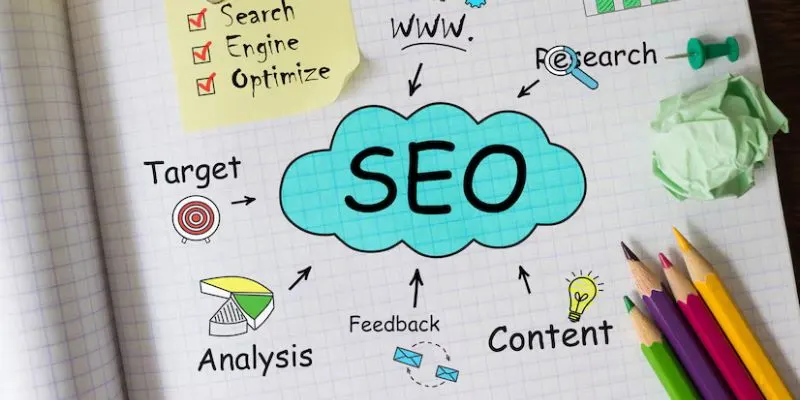
On-page SEO is the ideal place to start, whether you’re new to digital marketing or want to increase your website’s search engine visibility. On-page SEO refers to optimising the elements within your own website to make it more search engine-friendly. It’s essential for ranking higher in search results and attracting the right audience. This beginner-friendly checklist will help you cover the most important aspects of on-page SEO. If you’re looking to strengthen your skills further, joining a Digital Marketing Course in Mumbai at FITA Academy is a great way to gain practical knowledge and expert guidance on SEO and other essential marketing techniques.
1. Use a Clear and Keyword-Rich Page Title
One of the first things users and search engines notice is your page title, often known as the title tag. It should accurately describe the page’s content and include your primary keyword. Ensure it remains within 60 characters to display correctly in search results. A good title is specific, relevant, and encourages users to click.
2. Write a Compelling Meta Description
In search engine listings, the meta description is shown immediately beneath the page title. While it doesn’t directly affect rankings, a well-written meta description can increase your click-through rate. Aim for around 150 to 160 characters, include your target keyword, and summarise the page’s value to the reader.
3. Use Proper Heading Tags (H1, H2, H3)
Headings help organise your content and enhance readability for your audience. Utilise a single H1 tag per page to designate the primary title. Subheadings, such as H2 and H3, should be used to break content into smaller sections. Incorporate relevant keywords naturally into your headings to improve SEO and user experience.
4. Optimise Your URL Structure
Ensure your URLs are concise, descriptive, and filled with relevant keywords. Steer clear of lengthy sequences of numbers or unrelated terms. A good URL helps both search engines and users understand the topic of the page. For example, a URL like “yourdomain.com/on-page-seo-checklist” is clear and optimised.
5. Include Your Target Keyword Early in the Content
The first 100 words of your content should preferably contain your main keyword. This makes it easier for search engines to comprehend the purpose of your page from the outset. Use the keyword naturally and avoid overstuffing it. Focus on writing for the reader first, then adjust for search engines. To gain a deeper understanding of keyword placement and SEO best practices, you can also consider joining a Digital Marketing Course in Kolkata, where expert-led sessions offer practical training to boost your content strategy.
6. Use Internal and External Links
Internal linking helps guide visitors to other relevant pages on your site, keeping them engaged longer. It also assists search engines in navigating and comprehending the layout of your website. External links to reputable sources can add credibility to your content and improve trust with your audience.
7. Add Alt Text to Images
Search engines cannot understand images, which is why including descriptive alt text aids them in comprehending the content of your visuals. Alt text also improves accessibility for users who rely on screen readers. Include relevant keywords where appropriate, but make sure the descriptions are accurate and clear.
8. Improve Page Loading Speed
A sluggish website might irritate visitors and lower your ranks. To speed up your website, employ browser caching, optimise picture sizes, and think about implementing a content delivery network (CDN). To find areas for improvement, you can use tools like Google PageSpeed Insights to assess the speed of your page.
9. Ensure Mobile-Friendliness
With the majority of traffic coming from mobile devices, your website must be mobile-responsive. This means your site should adjust well to different screen sizes and remain easy to navigate. Google favours websites that are mobile-friendly when determining its search rankings, making this a crucial factor for ranking.
10. Write High-Quality, Relevant Content
The essence of SEO remains in content. It’s important that your blog articles, landing pages, and product descriptions deliver genuine value to the audience. Avoid duplicate content and focus on answering the user’s search intent. Use a mix of text, images, and even video to make your content more engaging.
On-page SEO can initially feel intimidating, but by focusing on the basics, you can make significant improvements to your site’s performance. This list provides you with a strong foundation to develop from. As you become more at ease, you can start looking into more sophisticated methods to enhance your approach. Keep in mind that SEO is not a task you complete once; it is a continuous process that develops alongside your website. If you seek practical, guided instruction, consider signing up for a Digital Marketing Course in Ahmedabad, which can help you master SEO and other essential digital marketing skills with expert support.
Also check: How Good Design Impacts Search Engine Rankings and Digital Visibility
